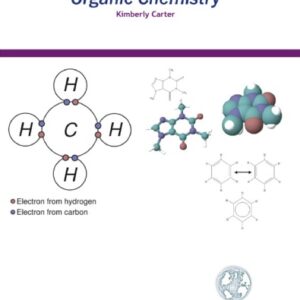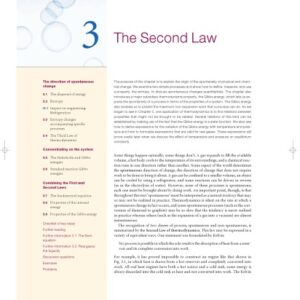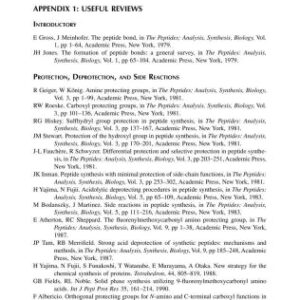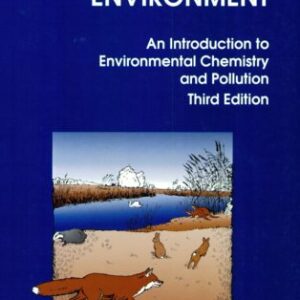Carbides, nitrides and borides are families of related refractory materials. Traditionally they have been employed in applications associated with engineering ceramics where either high temperature strength or stability is of primary importance. In recent years there has been a growing awareness of the interesting electrical, thermal and optical properties exhibited by these materials, and the fact that many can be prepared as monolithic ceramics, single crystals and thin films. In practical terms carbides, nitrides and borides offer the prospect of a new generation of semiconductor materials, for example, which can function at very high temperatures in severe environmental conditions. However, as yet, we have only a limited understanding of the detailed physics and chemistry of the materials and how the preparation techniques influence the properties. Under the auspices of the NATO Science Committee an Advanced Research Workshop (ARW) was held on the Physics and Chemistry of Carbides, Nitrides and Borides (University of Manchester, 18-22 September, 1989) in order to assess progress to date and identify the most promising themes and materials for future research. An international group of 38 scientists considered developments in 5 main areas: The preparation of powders, monolithic ceramics, single crystals and thin films; Phase transformations, microstructure, defect structure and mass transport; Materials stability; Theoretical studies; Electrical, thermal and optical properties of bulk materials and thin films.
Chemistry
[PDF] The Physics and Chemistry of Carbides, Nitrides and Borides D. L. Segal (auth.), Dr. Robert Freer (eds.)
$19.99

![[PDF] The Physics and Chemistry of Carbides, Nitrides and Borides D. L. Segal (auth.), Dr. Robert Freer (eds.)](https://pdfelite.com/wp-content/uploads/2024/04/a43502df1cd9c061f4ff4e5759cd3f3c-d.jpg)




Reviews
There are no reviews yet.